Bleak future: Pakistan placed in same league as Mali, Niger
New study says Islamabad set to miss education goal fixed for 2015.

New study says Islamabad set to miss education goal fixed for 2015. PHOTO: FILE
With a staggering 5.4 million children out-of-school, Pakistan is likely to miss the Education For All (EFA) target that was set to be achieved by 2015, according to EFA Global Monitoring Report released on Wednesday.
Projecting a grim future, the report states that if the country moved at current pace the adult literacy rate (15 and above) by the year 2015 will be 60 per cent of which female at 47 per cent and male 72 per cent. Besides, the adult illiteracy rate by 2015 also seems to be estimated at an appalling 51 million of which 65% will be females.
The report reveals that if Pakistan were to halve the inequality in access to education to the level of Vietnam, it would increase its economic growth by 1.7 percentage points.
Alarmingly, Pakistan is ‘very far’ from meeting the 2015 deadline and ranks among nations like Mali, Niger and Lesotho in the countries list away from achieving the education goal, the report further states.
Highlighting the dismal progress in education sector, the report states that around 59 per cent of women would remain disproportionately affected by illiteracy by 2015.
According to the report, in total, 37 countries are losing at least half the amount spent on primary education because children are not learning. By contrast, the report shows that ensuring equal, quality education for all can generate huge economic rewards, increasing a country’s gross domestic product per capita by 23 per cent over 40 years.
Commenting on the issue State Minister for Education, Trainings and Standards in Higher Education Balighur Rehman said that Pakistan would be unable to achieve the EFA goals within the deadline. However, the government was taking measures like National Plan of Action to include all the out-of-school children with special focus on girls of rural areas.
Spending on education
The report suggested that if the government increased its tax revenue to 14 per cent of GDP by 2015 and allocated one-fifth of this to education it could raise sufficient funds to get all of Pakistan’s children and adolescents into school.
Disparity among provinces
In Balochistan, only 45 per cent of children could solve a two-digit subtraction, compared with 73 per cent in wealthier Punjab. Only around one-quarter of girls from poor households in the impoverished province achieved basic numeracy skills, while boys from rich households in the province fared much better, approaching the average in Punjab.
Published in The Express Tribune, January 30th, 2014.



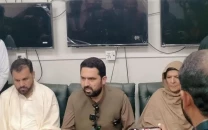
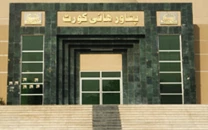
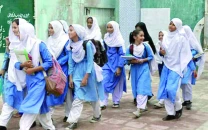


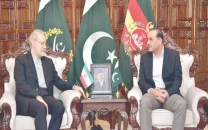


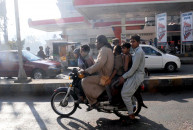







COMMENTS
Comments are moderated and generally will be posted if they are on-topic and not abusive.
For more information, please see our Comments FAQ